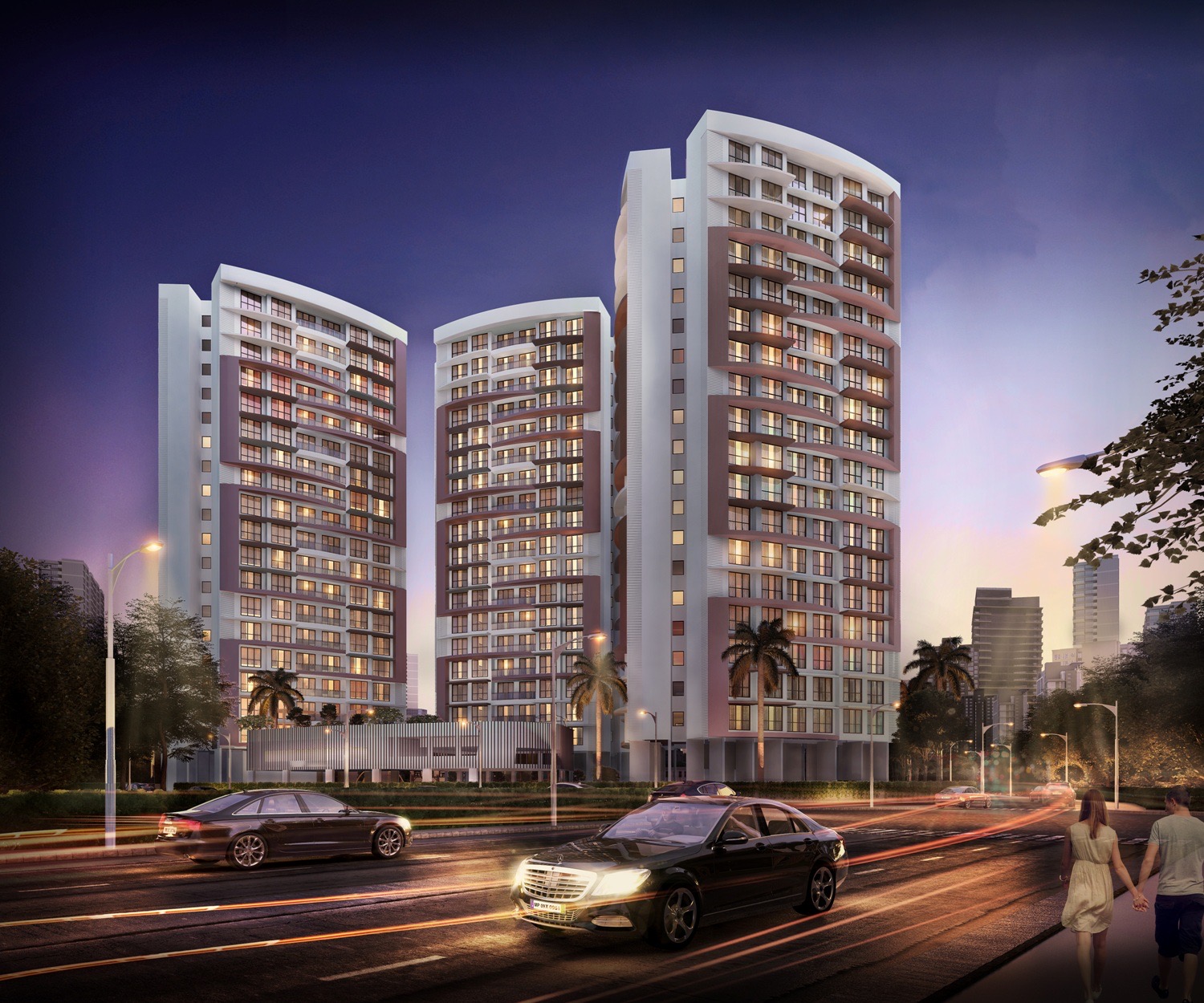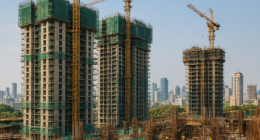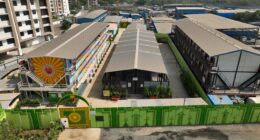In the first quarter of fiscal year 2025, the Pan India residential market reported robust performance with sales of approximately 163,586 units, translating into a total revenue of ₹179,052 crore. Despite a slight dip in overall new launches, significant growth in specific segments and regions underscores a nuanced market landscape.
Top Cities Lead the Charge
The market remains heavily influenced by the top eight cities, which together accounted for 77% of total sales and a commanding 85% of the quarterly sales value. The Mumbai Metropolitan Region (MMR) emerged as a frontrunner, contributing 24% of national sales and 27% of the sales value, with Pune following closely behind with 22,546 units sold.
Segment-wise Insights
The segment priced between ₹50 lakhs and ₹1 crore showcased the highest growth, with a 9% increase in sales quarter-over-quarter (QoQ) and a notable 10% rise in sales value. Conversely, the ultra-luxury segment experienced stagnation in the top eight cities. The ₹1 crore to ₹2 crore segment also saw moderate growth, with a 3% increase in sales QoQ and a 5% rise in sales value.
New Launches and Affordable Housing
New launches across Pan India fell by 3% this quarter. However, the less than ₹30 lakhs segment bucked the trend with an impressive 28% surge in new launches, highlighting a growing appetite for affordable housing. This positive shift is particularly pronounced in the top eight cities, where new launches in the less than ₹30 lakhs segment increased by 36%.
Tier 2 Cities Performance
Tier 2 cities experienced a mixed bag of results. While most segments saw declines in sales, the ₹1 crore to ₹2 crore segment stood out with an 8% QoQ growth. The 50 lakhs to ₹1 crore segment saw the most substantial increase in new supply, up by 21%.
Price Trends and Market Sentiment
The overall residential market witnessed a 5.71% year-over-year (YoY) price increase from June 2023 to June 2024. Noteworthy price hikes were observed in Noida and Greater Noida with a 17% YoY increase, and Ghaziabad with a 14.3% rise. Navi Mumbai saw an 8% increase in prices. Despite a broad price growth, 45% of apartment projects experienced a modest 0% to 5% increase, while 35% saw a more substantial rise of 5% to 10% YoY.
Unsold Stock and Market Dynamics
The unsold supply across Pan India decreased slightly by 0.5%, with a monthly inventory overhang of 20 months. In the top eight cities, unsold stock remained steady, maintaining a 21-month overhang, while Tier 2 cities saw a 3% reduction in unsold stock, with a monthly overhang of 16 months. The MMR region continues to hold the highest proportion of unsold inventory, comprising 30% of Pan India’s total stock and a 25-month inventory overhang.
Conclusion
The Q1 FY 25 performance of the Pan India residential market highlights a sector in transition, with notable growth in affordable housing and varying trends across different regions and segments. As the market adapts to shifting demands and economic conditions, these trends provide a mixed but optimistic outlook for future quarters.









